-
-17%
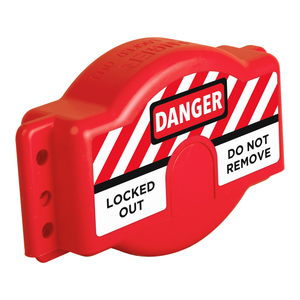
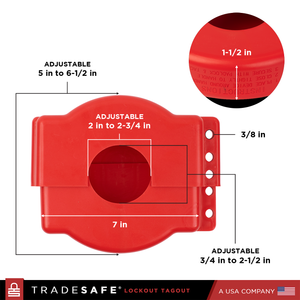
Bloqueo de válvula de compuerta ajustable: manijas de 1" a 6-½"
Precio habitual $19.95Precio habitual$24.00-17%Precio de oferta $19.95 -
-47%
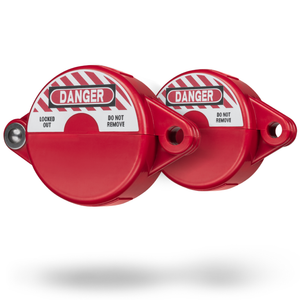
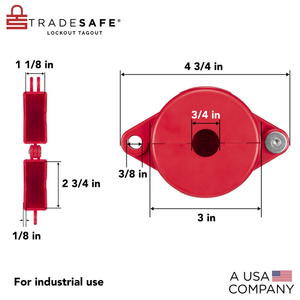
Bloqueo de válvula de compuerta – Mangos de válvula de 1 a 2-½” – Paquete de 2
Precio habitual $18.95Precio habitual$36.00-47%Precio de oferta $18.95 -
-46%
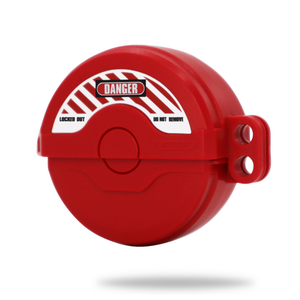
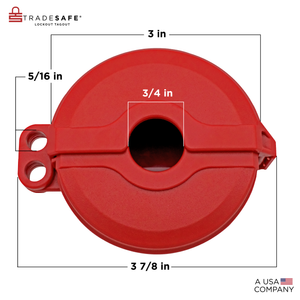
Bloqueo de válvula de compuerta: diámetro de manija de válvula de 1" - 2-½"
Precio habitual $12.95Precio habitual$24.00-46%Precio de oferta $12.95 -
-49%
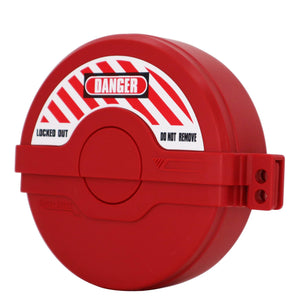
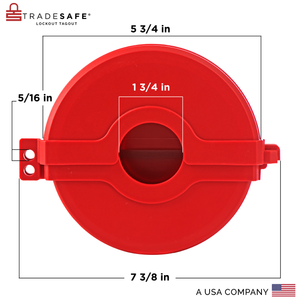
Bloqueo de válvula de compuerta: diámetro de manija de válvula de 2-½” a 5”
Precio habitual $19.95Precio habitual$39.00-49%Precio de oferta $19.95 -
-49%

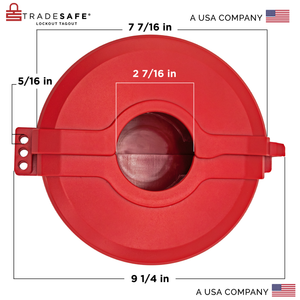
Bloqueo de válvula de compuerta: diámetro de manija de válvula de 5" a 6-½"
Precio habitual $29.95Precio habitual$59.00-49%Precio de oferta $29.95 -
Agotado
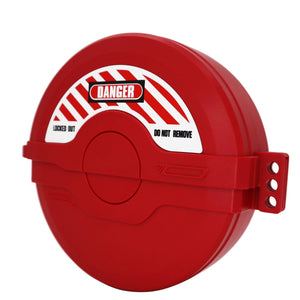
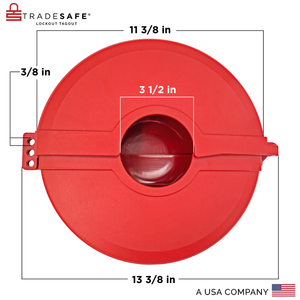
Bloqueo de válvula de compuerta: diámetro de manija de válvula de 6-½” a 10”
Precio habitual $54.95Precio habitual$109.00-50%Precio de oferta $54.95 -
Agotado
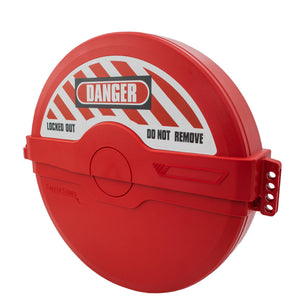
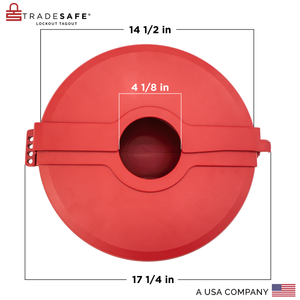
Bloqueo de válvula de compuerta: diámetro de manija de válvula de 10" a 13"
Precio habitual $64.95Precio habitual$119.00-45%Precio de oferta $64.95 -
Agotado
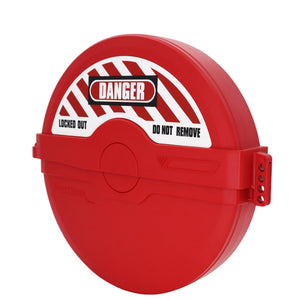
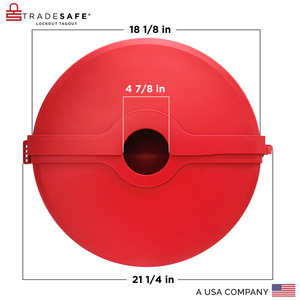
Bloqueo de válvula de compuerta: diámetro de manija de válvula de 13" a 18"
Precio habitual $79.95Precio habitual$139.00-42%Precio de oferta $79.95 -
-33%
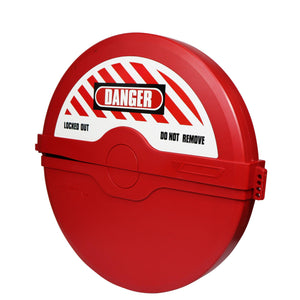
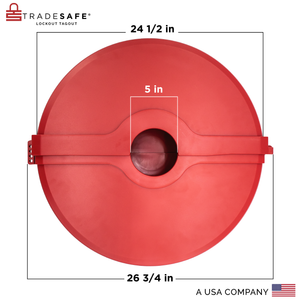
Bloqueo de válvula de compuerta: diámetro de manija de válvula de 18" a 24"
Precio habitual $139.95Precio habitual$209.00-33%Precio de oferta $139.95 -
-48%
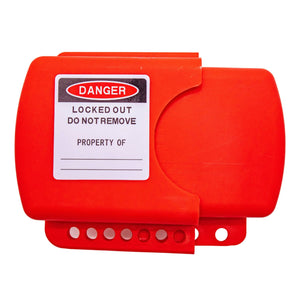
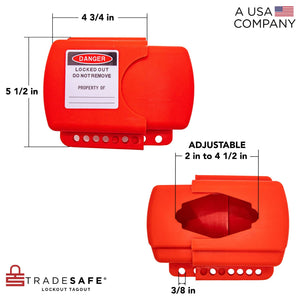
Dispositivo de bloqueo de válvula de bola con brida ajustable: válvulas de bola con brida de 2" a 4 ½"
Precio habitual $35.95Precio habitual$69.00-48%Precio de oferta $35.95 -
-40%
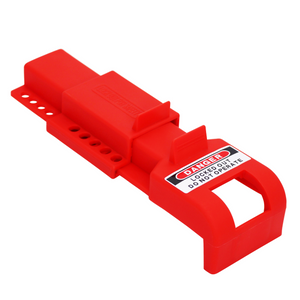
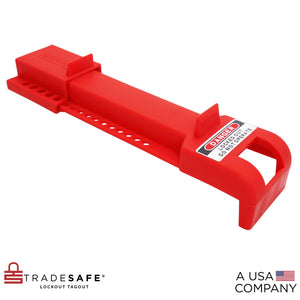
Dispositivo de bloqueo de válvula de mariposa: diámetro de cabeza de válvula de 3-11/32 in: rojo
Precio habitual $29.95Precio habitual$50.00-40%Precio de oferta $29.95 -
-52%
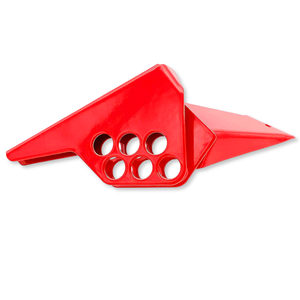
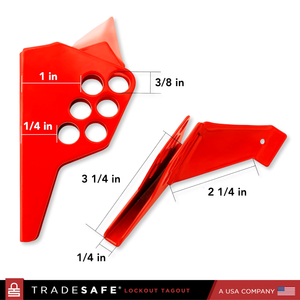
Bloqueo de válvula de bola estándar - Se adapta a tuberías de 1/4" a 1" de diámetro
Precio habitual $26.95Precio habitual$56.00-52%Precio de oferta $26.95 -
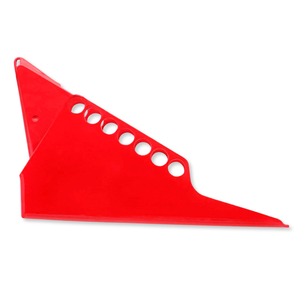
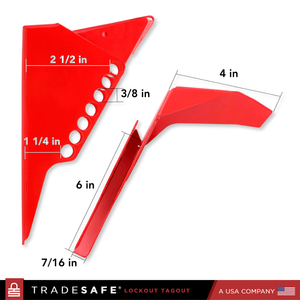
Bloqueo de válvula de bola estándar - Se adapta a tuberías de 1 ¼” a 2 ½” de diámetro
Precio habitual $23.95Precio habitual$23.00Precio de oferta $23.95 -
-56%
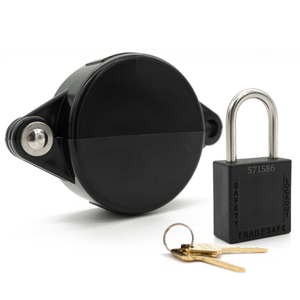
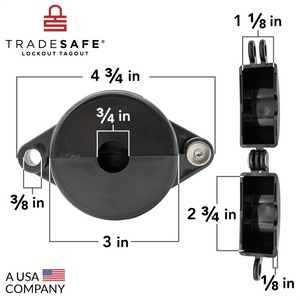
Bloqueo de válvula de compuerta: diámetro de manija de válvula de 1" - 2-½"
Precio habitual $21.95Precio habitual$50.00-56%Precio de oferta $21.95 -
-58%
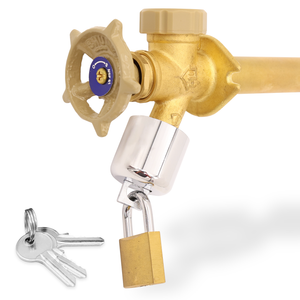
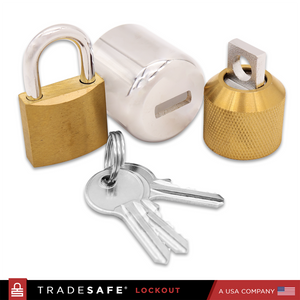
Water Spigot Lock with Padlock - 3 Keys
Precio habitual $20.95Precio habitual$50.00-58%Precio de oferta $20.95 -
-20%
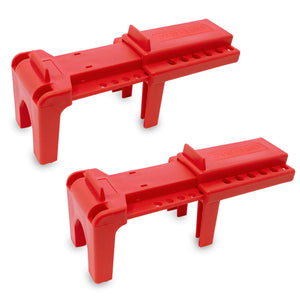
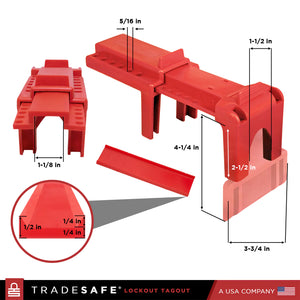
Dispositivo de bloqueo de válvula de mariposa: diámetro de cabeza de válvula de 3-11/32 in: rojo
Precio habitual $39.95Precio habitual$50.00-20%Precio de oferta $39.95 -
-52%
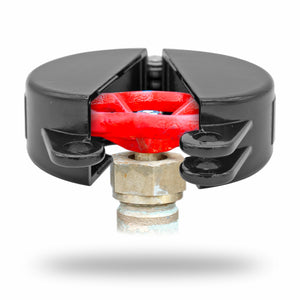
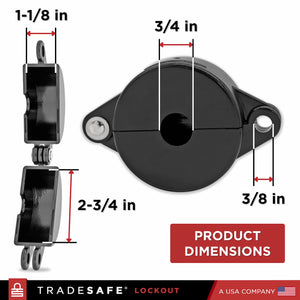
Bloqueo de válvula de compuerta: diámetro de manija de válvula de 1" - 2-½"
Precio habitual $23.99Precio habitual$50.00-52%Precio de oferta $23.99
TRADESAFE proporciona cerraduras de válvula de bloqueo y etiquetado que son duraderas, confiables y diseñadas con precisión para cumplir con el estándar 1919.147 de OSHA . Estos dispositivos de bloqueo de válvulas están hechos de materiales resistentes a la corrosión y son a prueba de manipulaciones, por lo que la válvula no se abre hasta que sea seguro hacerlo.
También están diseñados para adaptarse a una variedad de válvulas , incluidas válvulas de compuerta, válvulas de bola y válvulas de mariposa, de forma cómoda y segura. Además, estos dispositivos de bloqueo de válvulas pueden colocarse fácilmente sobre manijas de válvulas con diámetros que van desde ¼” hasta 24”.
Controlar la energía peligrosa es un asunto serio, pero eso no significa que las medidas de seguridad deban ser complicadas. Estos dispositivos de bloqueo de válvulas están diseñados para una instalación sencilla y, al mismo tiempo, garantizan la seguridad de los trabajadores durante el tiempo que sea necesario.


































